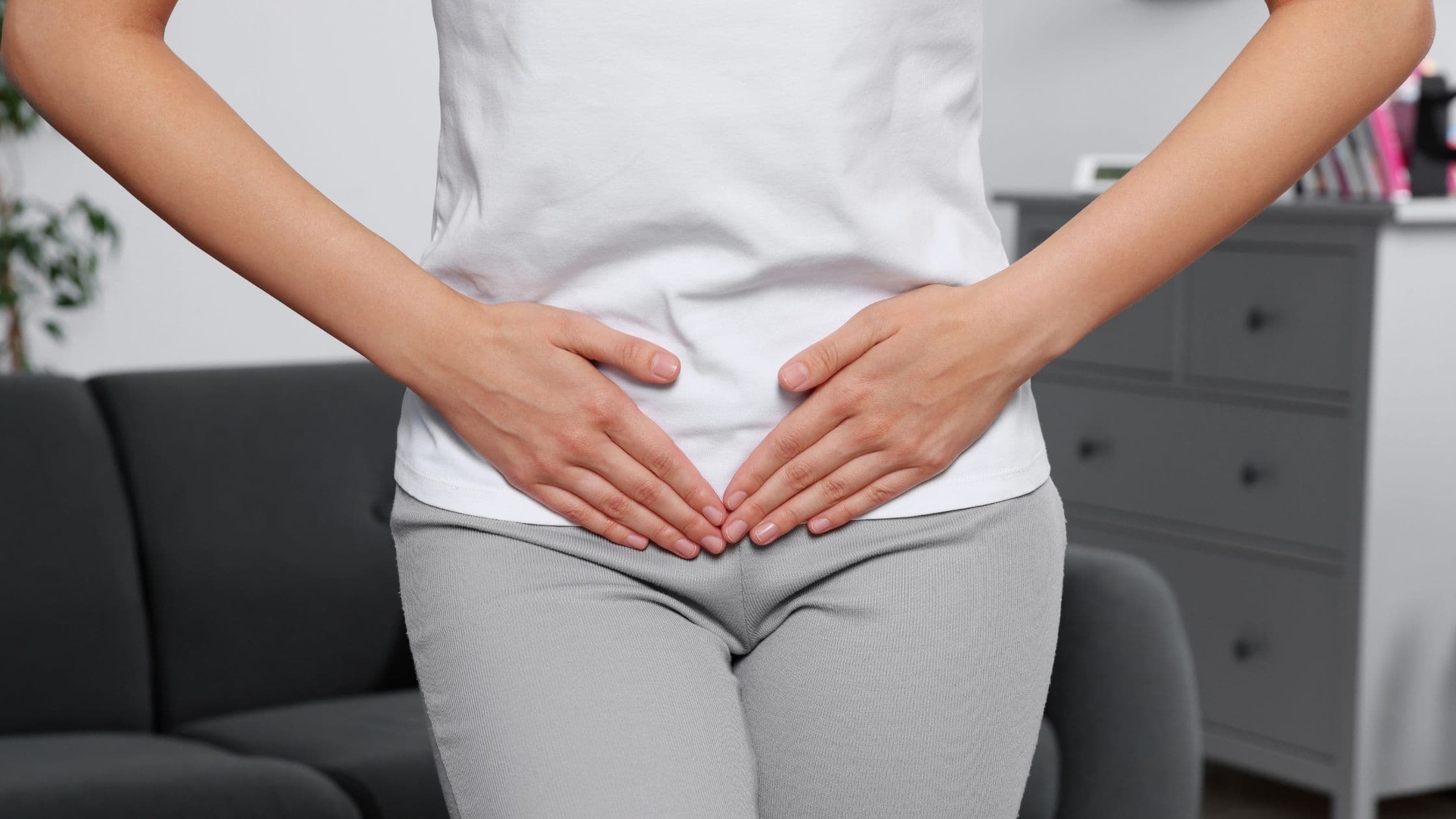A Comprehensive Guide to Pelvic Pain Symptoms
Pelvic pain, a discomfort or ache in the lower abdomen and pelvic region, can be a frustrating and worrying experience. It can affect people of all genders, though it's more commonly reported in women. The pain can be sharp, dull, throbbing, or cramping, and it can be constant or come and go. Due to the wide range of potential causes, the symptoms of pelvic pain can vary greatly. Here, we delve into the various signs and symptoms to watch for, empowering you to recognize the need for professional evaluation.

Location and Characteristics of Pain:
Pelvic pain can manifest in different ways, depending on the underlying cause. Here's a breakdown of some variations:
- Lower Abdominal Pain: A general ache or discomfort in the lower belly is a common symptom of pelvic pain.
- Pain on One Side of the Pelvis: Pain concentrated on one side of the pelvis might indicate issues with specific organs like ovaries, fallopian tubes, or testicles.
- Sharp or Stabbing Pain: A sudden, sharp pain in the pelvic region can be alarming and might require immediate medical attention.
- Dull or Aching Pain: A persistent, dull ache in the pelvis can be caused by various factors, including muscle tension, endometriosis, or pelvic inflammatory disease.
- Cramping Pain: Pelvic cramps can resemble menstrual cramps and might be related to ovulation, menstruation, or other underlying conditions.
- Pain During Sex: Pain during intercourse (dyspareunia) can significantly impact intimacy and should be evaluated by a healthcare professional.
Associated Symptoms:
Pelvic pain can often accompany other symptoms, offering clues about the underlying cause. Here are some potential associated symptoms:
- Vaginal Discharge: Changes in vaginal discharge, such as increased discharge, unusual color (yellow, green, or gray), or unpleasant odor, might indicate infection or other problems.
- Abnormal Vaginal Bleeding: Bleeding outside your regular menstrual cycle, heavier than usual periods, or bleeding after menopause can be signs of various conditions.
- Urinary Symptoms: Painful urination (dysuria), frequent urination (urinary urgency), or difficulty urinating (urinary retention) can be linked to pelvic pain.
- Bowel Symptoms: Constipation, diarrhea, or painful bowel movements can sometimes be associated with pelvic pain.
- Back Pain or Hip Pain: Pelvic pain can sometimes radiate to the lower back or hips.
- Pain During Bowel Movements: Straining during bowel movements can worsen pelvic pain.
- Bloating: A feeling of abdominal bloating or fullness can be a symptom of pelvic pain, especially if accompanied by other digestive issues.
- Fever or Chills: If pelvic pain is accompanied by fever or chills, it might indicate a more serious infection and requires prompt medical attention.
It's Important to Note: The presence of one or two of these symptoms doesn't necessarily pinpoint the exact cause of pelvic pain. The specific combination of symptoms, along with medical history and a physical examination, will help your healthcare professional arrive at a diagnosis. Some causes of pelvic pain can be benign (non-cancerous), while others might require treatment.
When to Seek Medical Attention:
If you experience any of the following, it's crucial to consult a healthcare professional:
- Sudden or severe pelvic pain
- Pelvic pain accompanied by fever or chills
- Pelvic pain that interferes with your daily activities or sexual life
- Abnormal vaginal bleeding
- Painful urination or difficulty urinating
- Pelvic pain that persists for more than a few days
Remember: Pelvic pain is a common issue, but it shouldn't be ignored. By recognizing the symptoms and seeking professional evaluation, you can get the right diagnosis and treatment to manage your pain and improve your overall well-being.